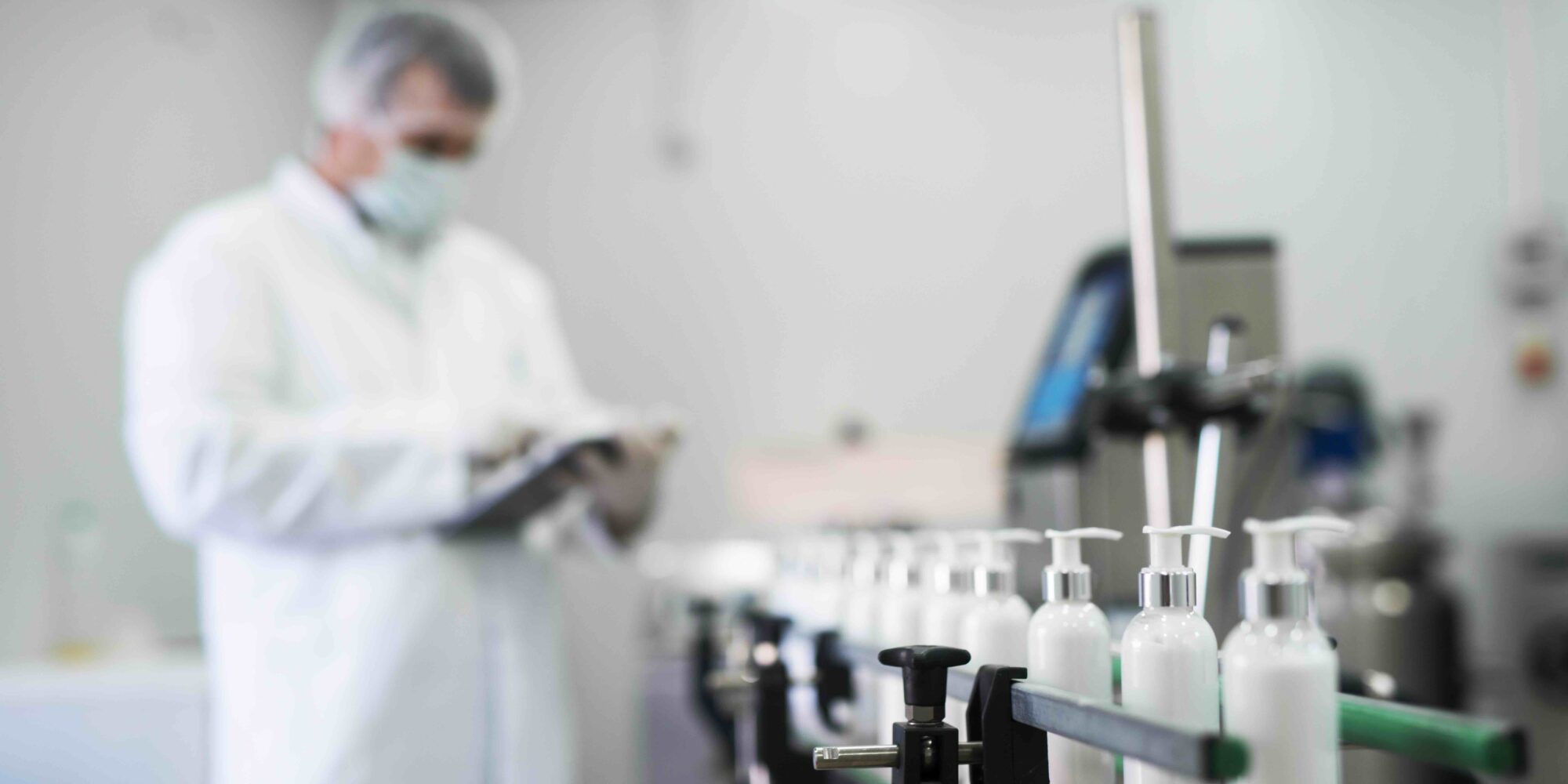
Decoding Quality Control With Qualitas CEO Nate Call: “The Brand Will Always Be Ultimately Responsible”
Last week, Suntegrity announced a voluntary recall of its Impeccable Skin Sunscreen Foundation after discovering higher than acceptable levels of the fungus Aspergillus Sydowii in the tinted sunscreen’s formula—and it’s hardly the only brand that’s dealt with a recall.
Last year, some 6,600 products were recalled, and recalls could climb with the implementation of the Modernization of Cosmetics Regulation Act (MoCRA), which gives the United States Food and Drug Administration the power to recall cosmetic products. The recalls are symptoms of what many believe is a crisis of quality in the beauty industry, exacerbated by speed-to-market pressures and clean products using newer preservative systems that aren’t as understood as older preservative systems.
As beauty brands try to shore up product quality amid increasing regulatory complexity and social media scrutiny, they often depend on their contract manufacturers to handle quality control. Nate Call, president and CEO of consumer packaged goods quality management consultancy Qualitas and former VP of quality and compliance at MaryRuth’s, warns them that relying solely on a contract manufacturer for quality control can be a big mistake.
“If you are a brand, you are accountable, responsible and legally liable for whatever happens with your product,” he says. “You can drag your co-man into the mud with you, but it’s going to be you that gets a warning letter. It’s going to be you that gets sued, and you will suffer.”
To understand what brands should do to avoid quality control problems, Beauty Independent spoke with Call about the quality control apparatus at contract manufacturers, artificial intelligence’s possible impact on it, the issues that might lead to a recall such as the one issued by Suntegrity, Amazon’s new stipulations for supplements, the ins and outs of factory audits, and what to do when a product recall occurs.
How did you get started doing what you do?
Why we started Qualitas is the quality and regulatory gaps inside of beauty especially are so wide, and people don’t understand the scope of what’s expected. We have MoCRA, and everyone is flipping out. How do I list my product? How do I register a facility?
A lot of people in the beauty space understand ISO 22716. That’s good manufacturing practices for cosmetics, the guidelines for beauty manufacturers to have documentation that every lot needs. The issue almost every brand client we have faces is where there’s an expectation that, if my manufacturer has this certification, which is relatively challenging to get, not that challenging to maintain and even more challenging to have revoked, we’re good, and they’re doing quality for us. They’re testing our product, making sure labeling is good, manufacturing in a clean environment.
The big gap we see is an over-reliance on the contract manufacturer where the brand doesn’t have their own set of SOPs [standard operating procedures] to make sure that they are selling say a face product, an efficacious product, a product that meets FTC and FDA marketing and advertising requirements, especially on the testing side.
Your co-man is doing quality to an extent. They’re doing it for themselves, and they’re not doing it for you. They might tell you they’re doing it for you, but they are typically doing the bare minimum either regulatory or certification requirements that manufacturers have.
Now that MoCRA is here and the FDA has expanded regulatory authority, we have to have adverse events reporting processes, safety substantiation, product listing, making sure your contract manufacturers are registered. The skeletons in everyone’s closets are coming out and, oops, we don’t have the data that the manufacturer said or there’s no way we can register this facility with the FDA because we would almost instantly receive a warning letter.
Where do you see issues like the mold in Suntegrity’s products arising?
If there is a specific issue, from my perspective, it can be prevented down at the R&D level. We should be building testing specs within R&D, not just on the manufacturer side, but also on the brand side. We can test on an ongoing fashion, so we aren’t surprised by mold, and things like that do happen from time to time.
I don’t know their manufacturer personally, but I would imagine there are issues on-site that should have been identified that led to this contamination at the packaging level, the facility level, the raw material level or anything in between. Those are preventable issues. When we see mold, that is indicative of a systemic process failure.
At a beauty contract manufacturer, what does their in-house quality assurance generally look like?
A good rule of thumb is your quality head count should be like 8% to 12% of your total head count at the manufacturing level. So, if we have a hundred employees, about eight to 12 in the quality team. Typically, what that structure looks like is you have either a VP or director, then you just have a quality manager who’s responsible for building and managing the day-to-day system, making sure they’re complying with ISO 22716 requirements or generating documentation to send to our clients for retail submissions, Amazon listings, things like that.
Below that level you would have a supervisor or team lead, and they run the actual inspection team in most cases. These are the production line quality inspectors who are checking weight, volume, label appearance every 30 to 60 minutes on the production line and pulling raw material samples to send out for testing to make sure there’s no mold or heavy metal contamination and the materials are safe to use.
Where we see a lot of systems break is at the raw material supplier level, especially with contract manufacturers. Any brand with more than 10 SKUS, they have a pretty complex supply chain, and that complexity is amplified tenfold at the contract manufacturing level because those 10 SKUs could have a hundred unique raw materials across 25 raw material suppliers, and this is maybe one of 20 to 50 clients that the contract manufacturer has.
There could be 500 to 1,000-plus raw material suppliers to qualify. That’s a lot of work, and it’s very expensive to do that. We see a lot of cosmetic contract manufacturers taking risks that they should not be taking. They may just accept a certification of some kind and say, great, this raw material supplier is qualified, and they move on just because the work is enormous.
We see a huge gap in expertise within cosmetic contract manufacturing quality teams. When we think of technical experts in cosmetics, it’s usually the formulation chemist or some type of R&D function versus a quality role, which a lot of people confuse with manufacturing engineering. To some extent that could be included in the purview of quality, but these are more process engineering people, and to get good process engineers, it’s expensive.
So, we see the best quality eye from the production line get promoted to quality inspector and a few years go by now there’s a supervisor and the manager quits, and now they’re the quality manager in this time period. This timeline may only be three to five years, but we see a lot of homegrown quality people in leadership roles. Despite their best efforts, they’re not qualified.
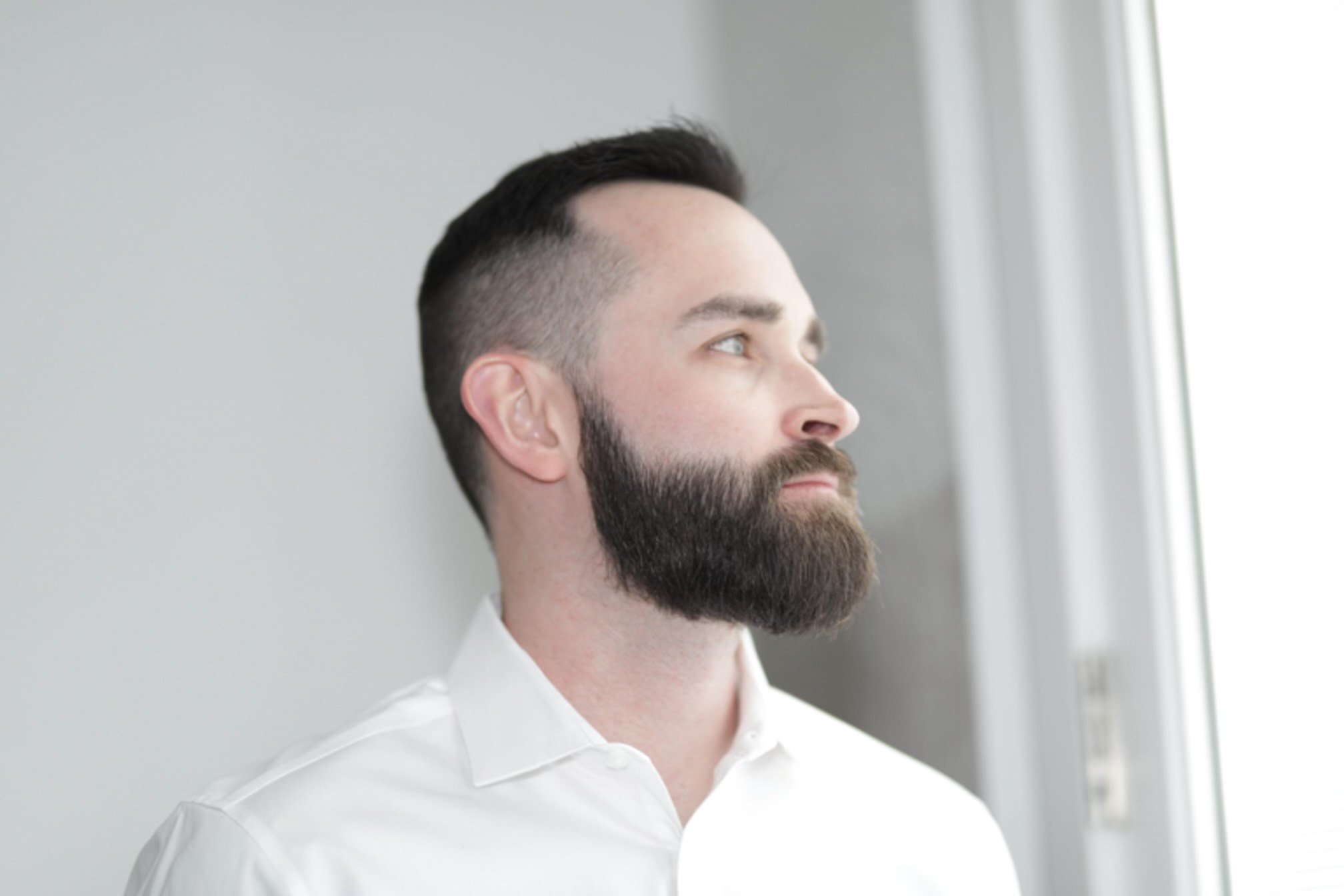
What can brands do if they want to make claims around the purity of ingredients and ensure they aren’t falsely making those claims?
There are a lot of things brands need to be doing better. One of them is having an integrated quality management system. Historically, you’d have a siloed team where they would be pulled in after the fact to do the certifications, the audit. They’re brought in when it’s too late.
To have an integrated quality management approach, we’re really hand in hand with procurement supporting them versus trying to tell them no and just throwing red flags everywhere because we’re participants in that process, and we can do prequalifications that help the procurement team procure things from sources that are reputable, qualified and ultimately lead to fewer issues.
Procurement’s a really good example of where quality needs to be integrated and also a stronger commercialization process to include quality and compliance to help develop claims and safety substantiation should be developed through the product development life cycle, so as we take these products to market, we have documentation, we have testing, and we have something similar to a product master file that you would see in Europe for beauty products where there’s three to five reputable sources to substantiate ingredient safety and formula safety.
Brands really need to put their foot down when it comes to auditing the contract manufacturer. We see certain contract manufacturers pushing back against our client’s requests to audit them because they say we don’t know what’s going to happen for another six months with these MoCRA requirements, and it’ll be a few years until we have the final rule. So, let’s just wait a few years to have you on-site.
Brands need to get aggressive about at the very least expecting ISO 22716 certification at the cosmetic co-man level. It tells us they have the basics in place. We generally tell people, if nothing else, what you need to be doing right now is having claim substantiation safety reviews on your ingredients and formula. Have your label compliant to what we know to be new requirements from FDA fragrance allergen declarations and testing that comes alongside that, have specifications for each SKU and have a testing program.
To answer your question about purity claims, I’m very much of the belief that we shouldn’t say anything about a product that we can’t prove. So, if we’re saying this is all natural, prove it, and that may come through testing, supplier documentation, auditing or a combination of the three that applies to any claim. We also have to be sure with our claims we’re not overstepping and making drug claims about a cosmetic product, which will almost always result in a warning letter.
There’s a big litigation component as well. Things like, “Made in the USA,” are heavily litigated. A lot of class action plaintiff attorneys get very aggressive with brands who have been subject to any type of FDA scrutiny. If the FDA says your label’s wrong and you have to recall this, that opens the can of worms where the government has now said, you are failing to follow the rules or comply with the law and now the lawsuits start coming. A very comprehensive integrated approach has to be taken to quality management to limit these risks at the brand.
What’s an audit like, and how much does it cost?
The audit is an assessment of the facilities’ quality management system against a written standard. That written standard in beauty is generally going to be ISO 22716. It establishes requirements for each manufacturing step and outlines the required documentation that you have to have within those steps: How we qualify suppliers, procure material, test, store, compound and turn something into a finished product. The audit is a verification that those systems are in place and that they’re being followed as they’re written and are efficacious and control the risks they’re supposed to control.
The audit is literally in most cases a checklist regurgitating what those requirements are. Then, we do a facility tour to assess conditions. Is the ceiling falling apart? Do we have broken light bulbs anywhere? Depending on the facility size, the audit takes one to three days. We spend about 50% of our time on-site.
We typically invoice about $2,999 per day plus travel expenses and that’s all inclusive. Other consulting firms are plus or minus $1,000 from that typically. Certification audit, those costs are all over the map. We’ve seen certifications cost $15,000 a year or $2,000 a year. It really depends on who the site uses as their certifier.
How do you foresee AI changing quality assurance?
There are actually a lot of technology platforms out there that support beauty brands from the quality perspective. You could look into companies like Factored Quality. They have a very strong AI tool that helps coordinate inspections and manage workflows for documentation management.
Where I see the most benefit with AI is supplier qualification. For a contract manufacturer, one brand may have 50 to 100 suppliers and times that for the other 20 to 50 clients. Having a system that can automatically request documentation, review it, file everything and then flag if we need a human eye to verify is such a time saver for their quality unit. That alone could save hundreds of thousands of dollars in labor.
What should a new beauty brand getting off the ground be doing to ensure it has good quality control and will not run into problems like what Suntegrity is experiencing?
The best thing initially, with the assumption that brands are using contract manufacturers, is work directly with the contract manufacturer to build that supplier qualification file where you have their certifications, their licenses, and really work with them to build out that finished product specification so there are no questions about what the brand expects.
The last thing you want is to have a new co-man manufacture something for you. You thought you told them you want it to look this way, but you can get something completely different. That should never happen if you have a specification. The best way to control product quality from my perspective is have the specification and actually use it and hold your manufacturer accountable to it.
If I were a startup beauty brand, I would make sure I have my administrative ducks in a row as well where I’m sure that my product is labeled correctly. I have fragrant allergens declared if there are any. I’m not making any claims that would get me in trouble with FDA or FTC. I have product liability and recall insurance. That’s a big one that a lot of brands don’t have, even at the $100 million-plus level. They may have general business insurance, but they don’t have recall insurance.
At minimum, most brands $10 million or higher need about $2 million in recall insurance because there’s so many associated costs there and have a quality management system. You don’t need to have a big fancy multibillion-dollar brand system, but you should have a process in place to very that the finished product meets that specification when it gets to you.
Something I didn’t mention is a master quality agreement that outlines what you are responsible for as the brand, what the manufacturer is responsible for and what we are both responsible for. That typically walks through all of the regulatory and certification requirements and, of course, manufacturing and payment terms.
Even small brands should have recall insurance?
The recall insurance is really a must-have from my perspective because general business insurance will not cover you and that can destroy small brands financially and reputationally. There are sometimes minimum thresholds for certain types of coverage, but you should be able to get something in place.
It’s dangerous for us to work with them if they don’t have recall insurance. It really does protect you in a very comprehensive way because you can have product loss, you can have potential customer litigation, but you also can have freight and distribution, returns, maybe you have to set up a call center. So, you may have to recall $150,000 in product, but it could cost you $1 million, not even considering legal fees.
What small brands also need to understand is there are exemptions to certain provisions within MoCRA, things like product listing, but the brand will always be ultimately responsible for product quality, claims safety and the customer experience. We tell people you really have to work backwards from that while making sure you comply with FDA requirements all along the way and ensuring your partners also comply with those requirements.
It’s a lot of effort initially, but, once you have those systems in place, they’re pretty smooth. I wouldn’t say it requires a full-time position for a lot of these brands. It’s maybe 10 to 15 hours a week plus maybe a week and a half, two weeks of auditing a year, if that.
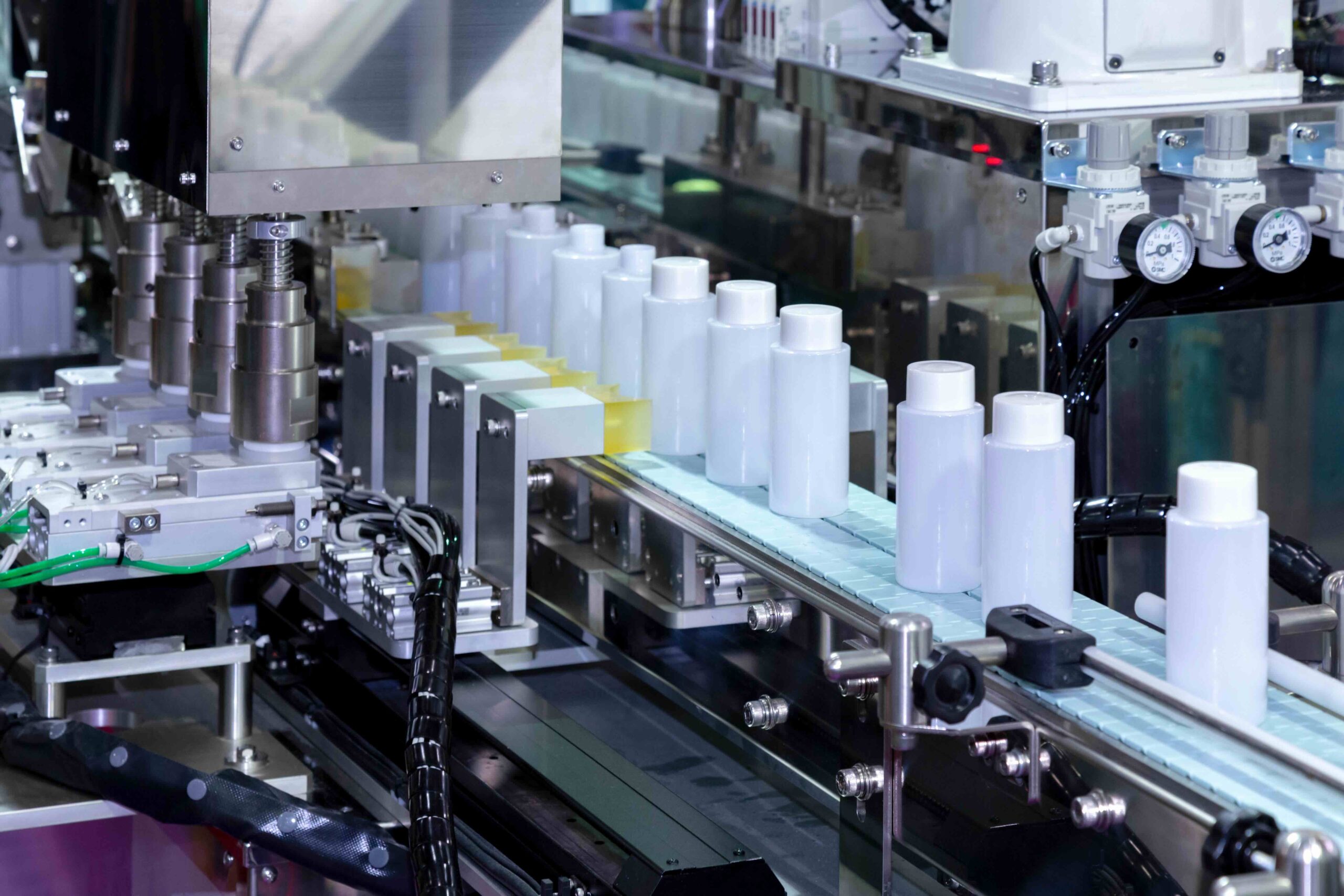
What’s the appropriate response to mitigate the fallout from a recall?
If you find yourself in a situation where you get a pathogen result and you have a product in market, the first thing you do is you turn off your direct-to-consumer access to that product. If you have it at your retailer, what we would generally do is notify them that we have to retest the products, and you have a surveillance testing program.
Then, we retest once to confirm whatever result we originally received. If that result is verified, figure out what it is. Is it dangerous to people? Does this mean we are selling an adulterated product because it’s contaminated?
Each situation is different, but ultimately you want to avoid a recall, of course, if you can. If you have to recall because your product’s dangerous, you have to do a simple notification process to the FDA, and you’re assigned a recall coordinator. They work with you directly to trace all of your inventory. So, if you have to recall a product with 5,000 units, you have to prove to the FDA that you’ve accounted for all of those 5,000 units. The FDA actually does a really good job of walking people through that process.
What could have happened? A lot of people like to think that cosmetics are low risk and not a big deal, and they shouldn’t be testing microbes every single time, which may be true, but you have to have enough data to draw that conclusion. Test one in every three or one in every five and make sure we test this many times per year. Those checks and balances would’ve ideally prevented an issue from happening to begin with.
PFAS [per- and polyfluoroalkyl substances] being detected in products can be a nightmare for brands. Is there a way to avoid that?
The best way to avoid that is testing and using qualified suppliers. So, get statements from your supplier saying the specific ingredient or the specific packaging has been tested and verified that it is free of the forever chemical you’re concerned about.
Any question like that I typically answer, let’s test and see what the results come back to us as. You may be able to receive a supplier statement that says it’s free of X, Y or Z, but then you test it, and you find that that’s not actually true. We see that all the time.
Amazon has begun requiring certain supplements be tested at third-party facilities. What do you make of that move?
Amazon isn’t wrong in requiring this, but they haven’t been doing things right the entire time. So, now that we [brands] have these large testing inspection certification companies reviewing our documentation, we’re having those light-bulb moments where our label is wrong. We’re not even using the ingredients or all of the ingredients we’re saying are in this product.
We’ve had clients doing emergency reformulations who pulled listings down because they’re so scared of having their account deactivated. That’s a very real fear. We had a client last week who had a probiotic pulled down from Amazon.
I tell people the industry is regulated by the FDA, but it’s enforced by Amazon, and it’s enforced at the retailer level by the documentation they require, which I appreciate. Amazon, Walmart, Target, Costco, their requirements are generally more stringent than the FDA.
We still may be a few years away from as MoCRA compliance dates popping up, but we will see documentation requirements from Amazon that will be a lot more stringent than they are right now. Once we know what good manufacturing practices from the FDA will look like and fragrance allergen declarations, we’ll have to start uploading those for every single SKU.
What are areas of MoCRA compliance that brands aren’t up to snuff on now?
We see the sticker shock of getting things done, claim substantiation and safety reviews especially. That takes time, and it’s generally not something your average beauty founder or operations team can do themselves because you have to be experienced.
To give you an idea of how much of an effort this is, when we do safety reviews, it typically takes two hours per ingredient. We can do safety, claims, label, formula and list the product for $2,999 per SKU. That’s cost prohibitive to a lot of brands, and a lot of brands did not expect these requirements when they built out their costs. We understand how tight margins can be in beauty.
It is complicated and it’s unknown for a lot of the clients, which I think leads to the overreliance on the contract manufacturer. It’s easy for a co-man to come in and pretend to be a hero and say, “We’re doing all of this testing for you, on’t worry about it.” That’s generally not true.
There are a lot of excellent co-mans who are very good partners and have very strong regulatory and quality teams, but teams belong to the co-man. You have to trust, but verify that what they are saying is accurate.


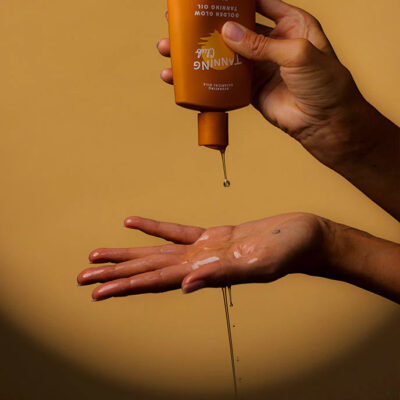
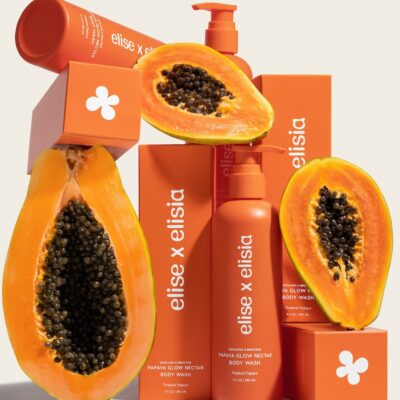
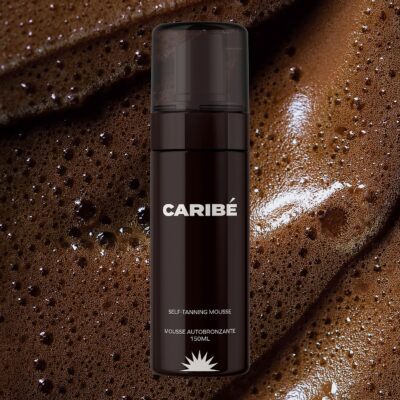
Leave a Reply
You must be logged in to post a comment.